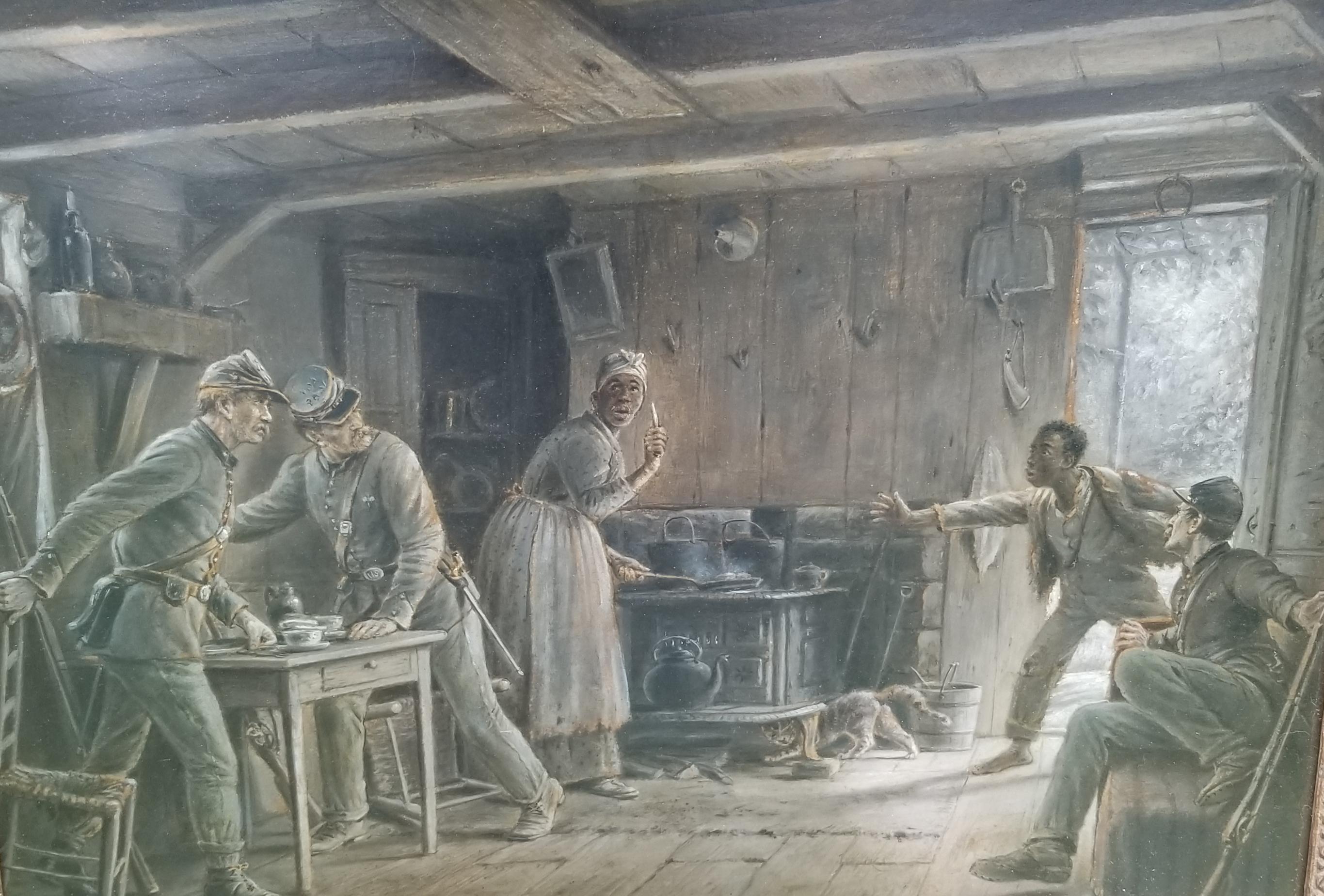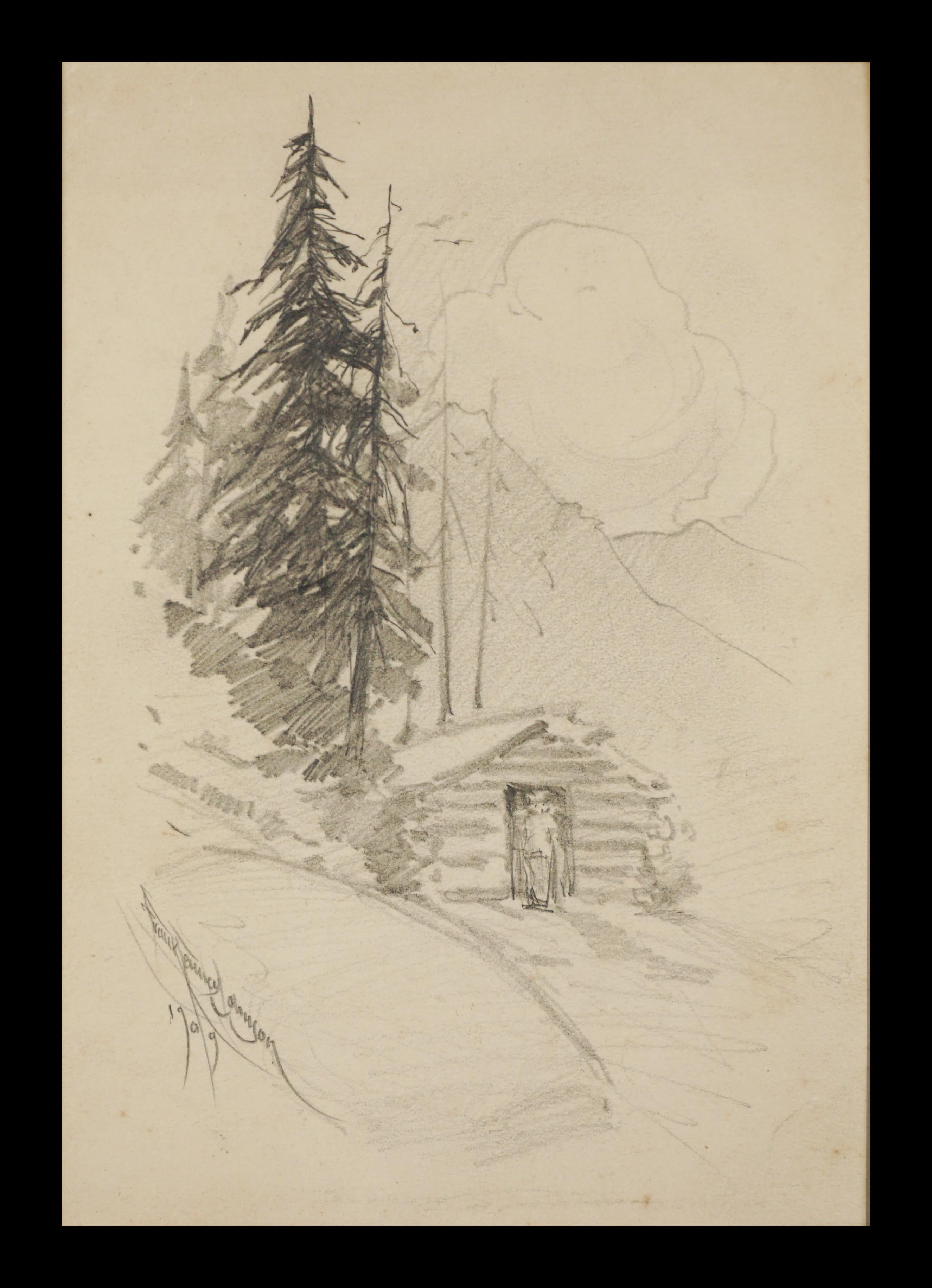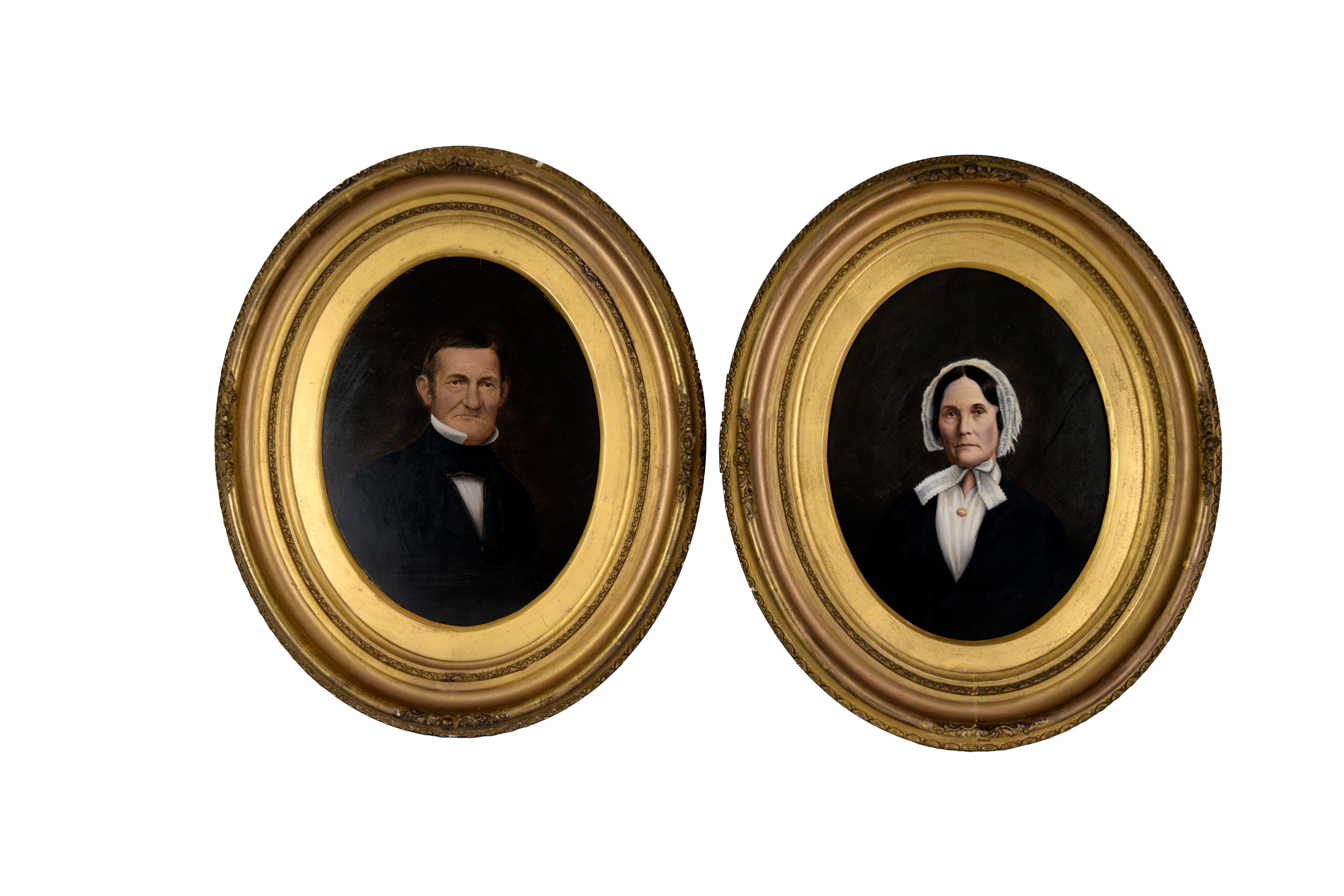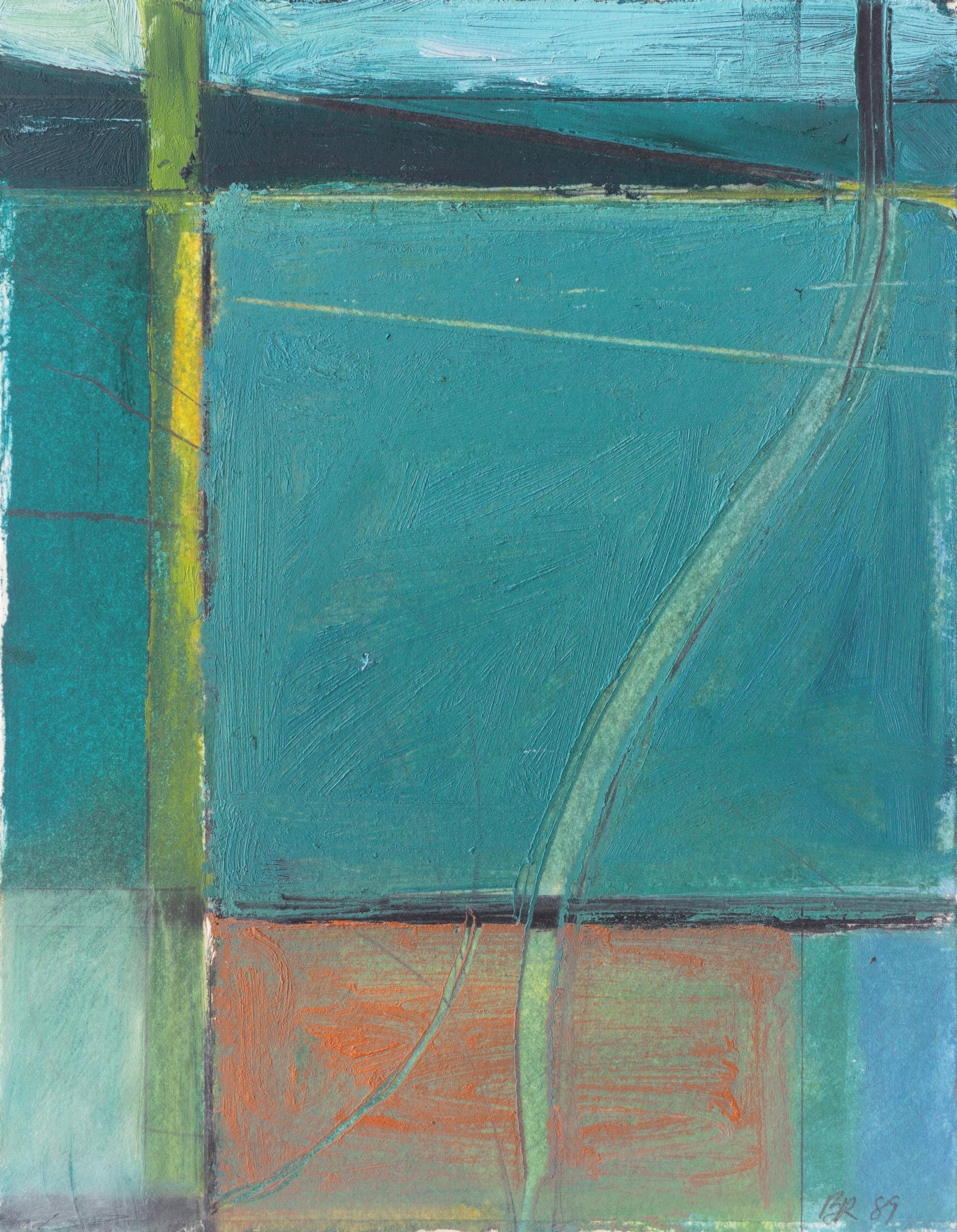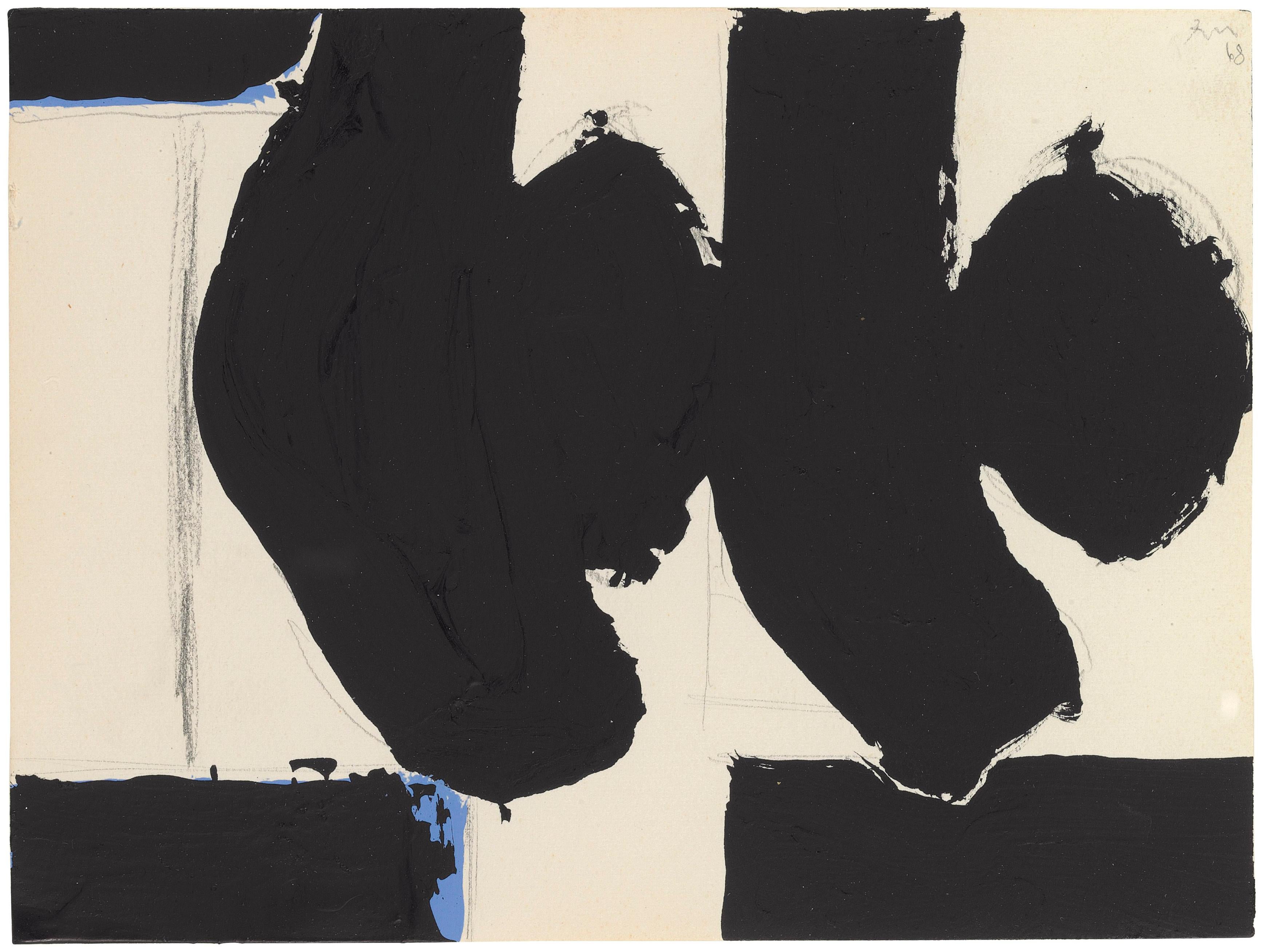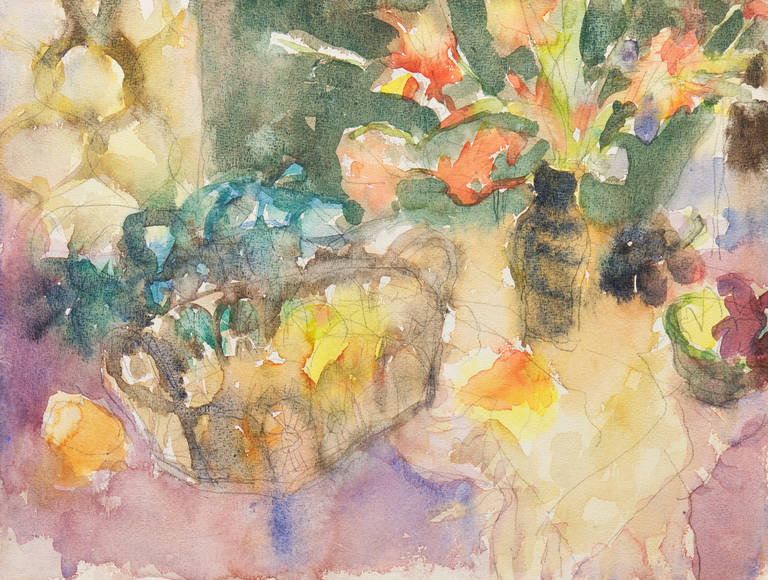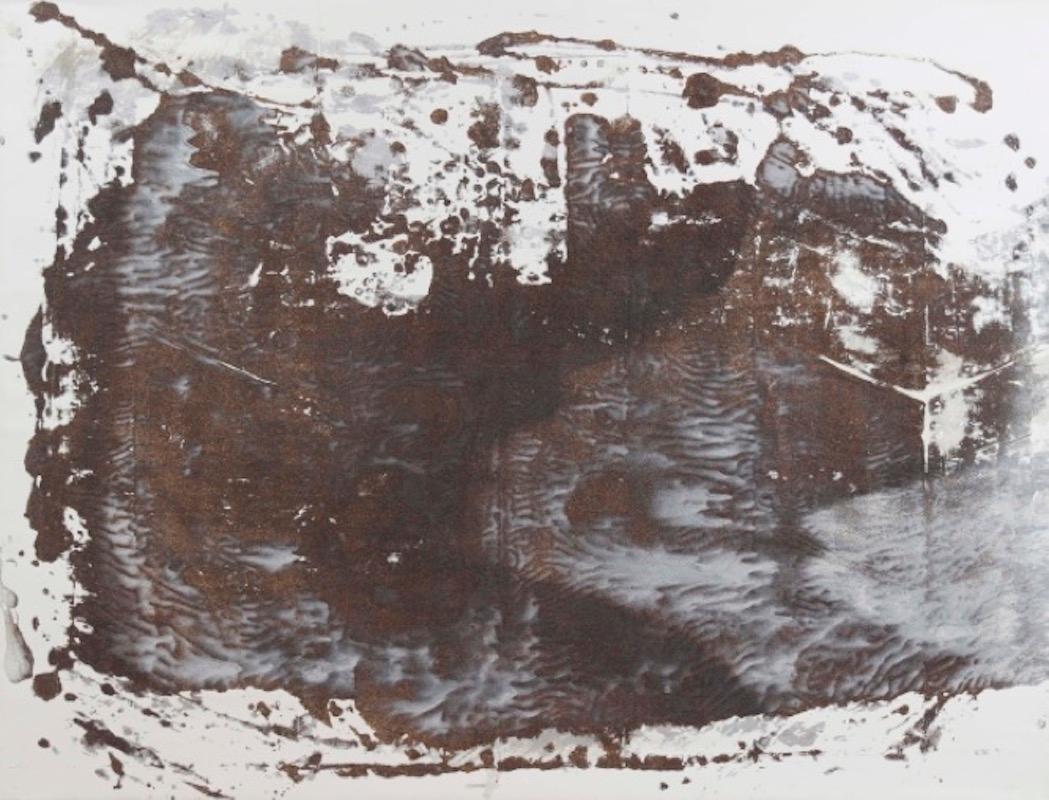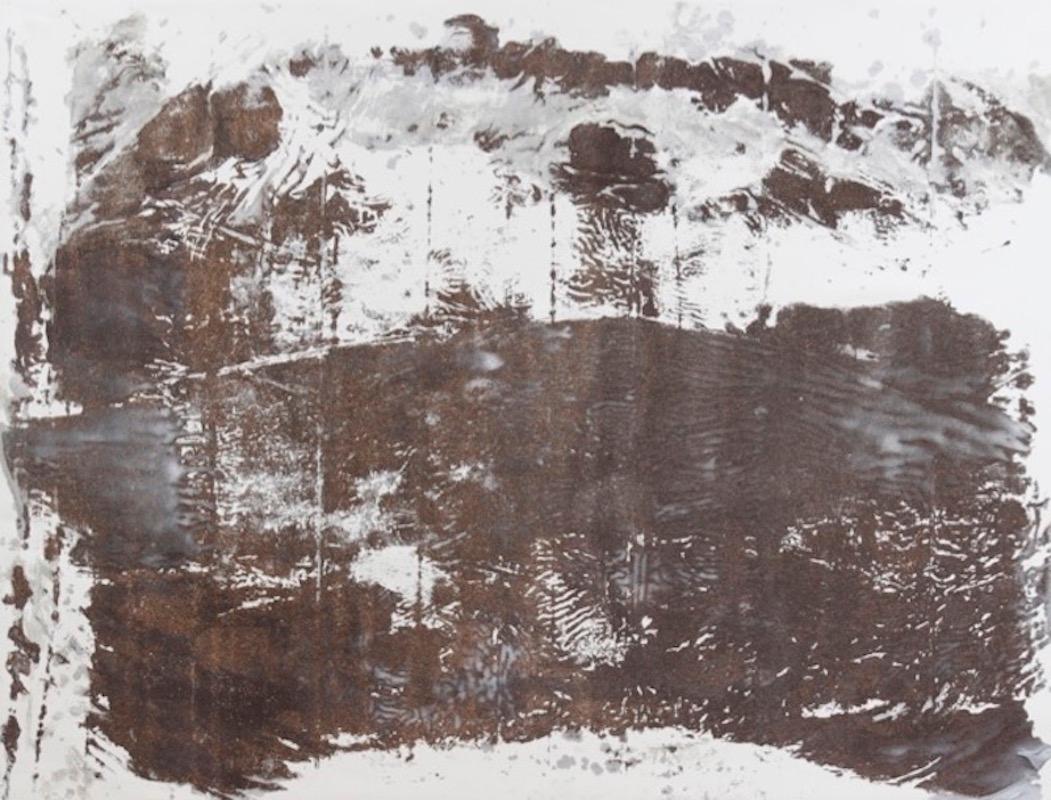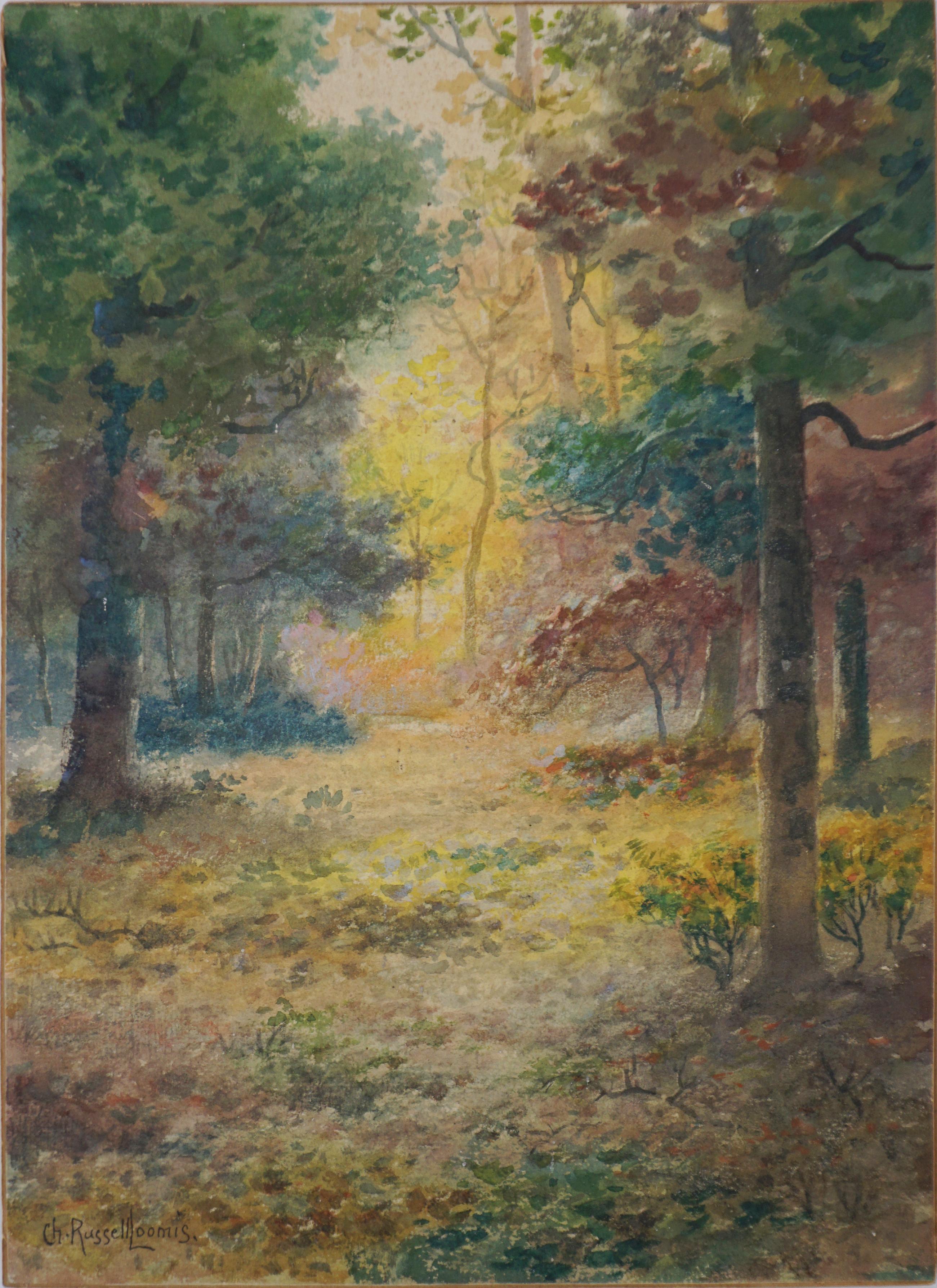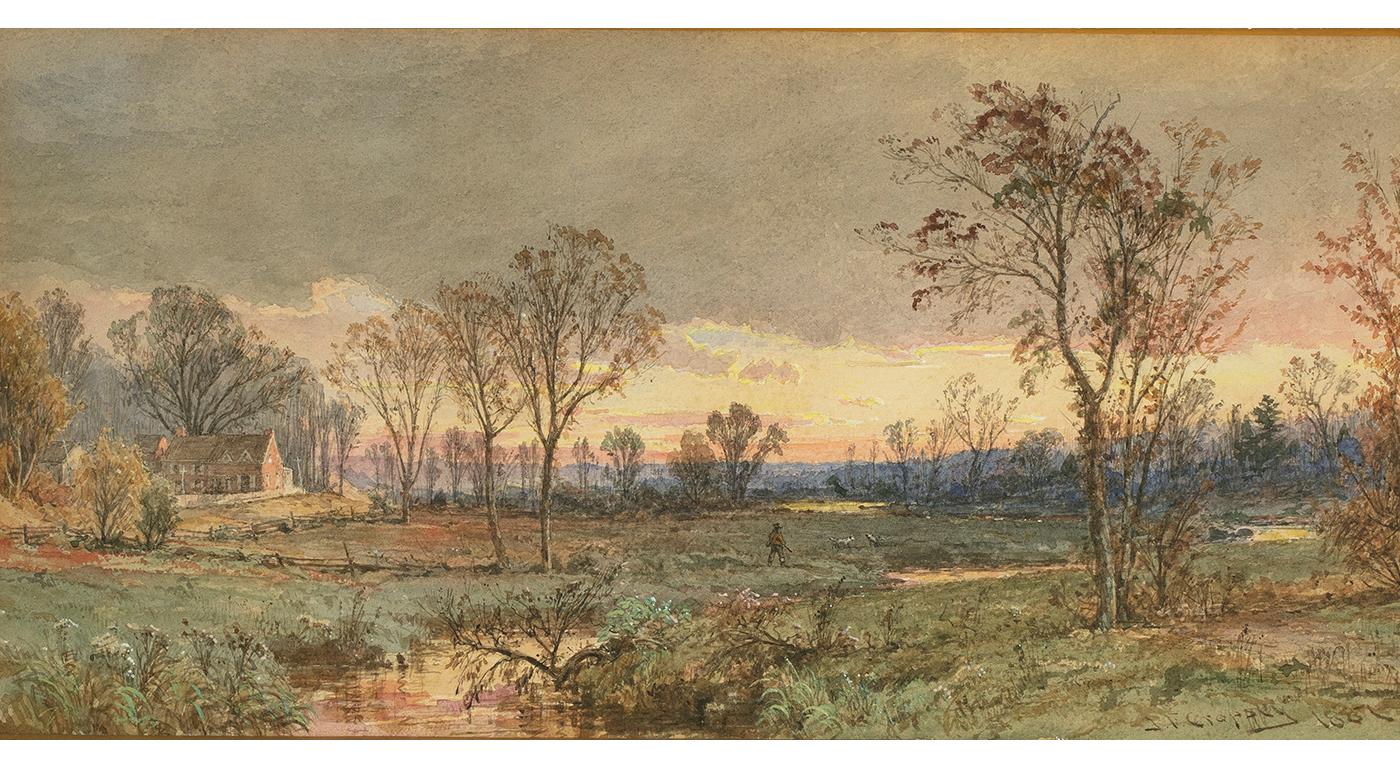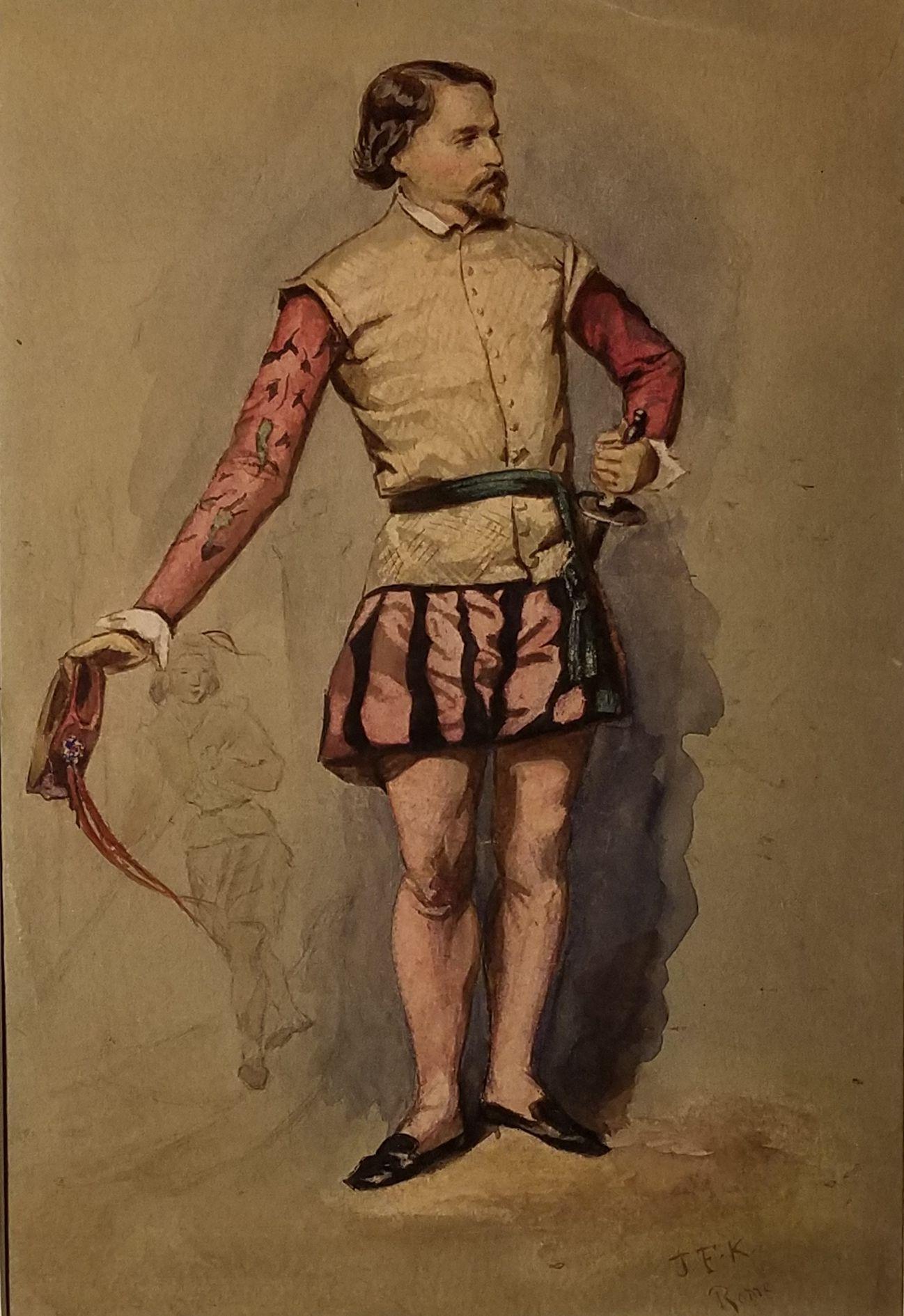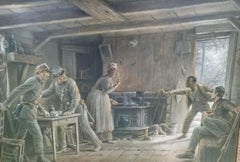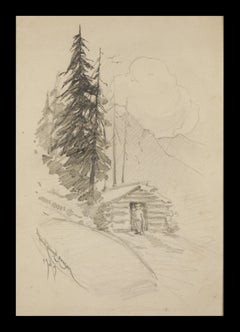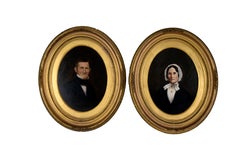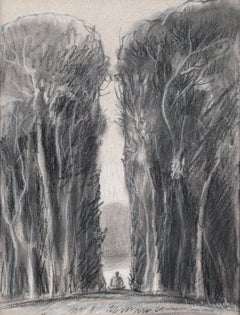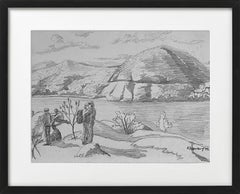
Hikers at the Highlands No.3
1 of 6
Tony KhawamHikers at the Highlands No.31993
1993
$595List Price
About the Item
- Creator:Tony Khawam (1959, American)
- Creation Year:1993
- Dimensions:Height: 12.5 in (31.75 cm)Width: 18 in (45.72 cm)Depth: 1 in (2.54 cm)
- Medium:
- Movement & Style:
- Period:
- Condition:
- Gallery Location:West Palm Beach, FL
- Reference Number:1stDibs: LU1970214019612
Tony Khawam born in Aleppo, lives and works in South Florida, USA. Khawam received a BFA from the School of Visual Arts, New York, NY (1985) and a Master in Commercial Art from Montclair State University, NJ (1987). He is deeply rooted in his Middle Eastern heritage and the American experience through histories, current events, and the surrounding urban landscape with influences of post-war German and American art. His heritage paintings are formed by ideas about today’s socio-cultural issues such as social disruption, displacement, and immigration, intertwined with the American culture. Khawam has been exhibited nationally in galleries and museums and a recipient of recent awards including the “Artist Support Cultural Grant” Broward County Cultural Division, FL (2021/22); the “American Rescue Cultural Grant” National Endowment for the Arts through Florida Division of Arts & Culture (2021); “Individual Artist Award, Specific Cultural Project”, Florida Division of Cultural Affairs (2021); the “Creative Investment Program Award” Broward County Cultural Division, FL (2020). He is a panelist for Grant programs and public art appointed by the Broward County Cultural Division, Fort Lauderdale, FL, and a participant in numerous workshops including “Artists at the Community Development Table” Americans For the Arts (2019); and the “Artist as an Entrepreneur Institute” Broward County Division of Culture, Fort Lauderdale, FL (2019). Khawam’s work is included in numerous museums, private and public collections throughout the Americas, Europe, and the Middle East. He has given “Artist talk” and participated as a panelist at several art institutions. Khawam has been interviewed by and published in Sky News Arabia, Boca Raton Magazine; Miami Shoutout Magazine; WLRN Public Media, Miami PBS-NPR; Palm Beach Illustrated; Aventura Magazine; Lifestyle Media Group; News Break Michigan (9/2020); Brooklyn reporter News (10/2019); Artrepreneur Media (9/2019); Voyage Miami Magazine (1/2018); NJ Savy Living magazine, NJ (5/2000); The New York Times, NY (7/1998), to name few.
Authenticity Guarantee
In the unlikely event there’s an issue with an item’s authenticity, contact us within 1 year for a full refund. DetailsMoney-Back Guarantee
If your item is not as described, is damaged in transit, or does not arrive, contact us within 7 days for a full refund. Details24-Hour Cancellation
You have a 24-hour grace period in which to reconsider your purchase, with no questions asked.Vetted Professional Sellers
Our world-class sellers must adhere to strict standards for service and quality, maintaining the integrity of our listings.Price-Match Guarantee
If you find that a seller listed the same item for a lower price elsewhere, we’ll match it.Trusted Global Delivery
Our best-in-class carrier network provides specialized shipping options worldwide, including custom delivery.You May Also Like
The Warning
Located in Saratoga Springs, NY
Edward Lamson Henry (American, (1841 - 1919))
“The Warning”
Grisaille on paper mounted on board, signed lower left ‘E L Henry’ (partially obscured by frame)
...
Category
Late 19th Century Hudson River School Figurative Paintings
Materials
Oil, Board, Laid Paper
Early 20th Century Plein Air Study for Homesteader Colorado Mountain Painting
By Frank Tenney Johnson
Located in Soquel, CA
Robert Azensky Fine Art is pleased to offer original 1909 sketch study of oil painting "Homesteader Colorado Mountain" painting by Frank Tenney Johnson.
It's always special to see the evolution of a painting through the plein air sketches ("studies") by the artist prior to its painting. Frank Tenney Johnson traveled throughout the Colorado Rockies sketching and painting western landscapes and native American and cowboy figurative art.
Medium: Charcoal on paper
Signature: Lower left corner
Date: "1909" below signature
Condition: Tonal aging and minor edge wear consistent with age and use. See images.
Presented in black painted wood frame
Mat size: 14"H x 11"W
Paper size: 9"H x 6"W
Image size (visible with mat): 8"H x 5.25"W
Frank Tenney Johnson was born in Coucil Bluffs, Iowa, in 1874 not far from the Overland Trail. During his childhood, he saw the steady stream of people heading west in all forms of horse-drawn conveyance. This early exposure to the American West was critical in leading Johnson towards the Western landscape as an inspiration for his work. The resulting body of work is a moody and romantic depiction of a long-gone America, rendered in a style that has become practically a genre all its own.
At the age of ten, Johnson moved from Iowa to Milwaukee, WI. There, he took an apprenticeship with F.W. Heinie, a prominent panoramic painter. After a year with Heinie, Johnson apprenticed for Richard Lorenz, a painter and former Texas Ranger who specialized in depictions of horses and western scenes. It was probably during his time with Lorenz that Johnson decided to focus on western subjects himself. He also started illustrating for regional papers and publications, in order to save money for further training.
Further training, as with many of the artists who populated New Mexico in the early twentieth century, took place at the Art Students League in New York, where Robert Henri, William Merritt Chase, John Twachtman, Kenneth Hayes Miller and F. Louis Mora were in the process of teaching perhaps the last great batch of pre-modernists. Though highly stimulated by the training, Johnson was only able to stay for five months, after which he returned to Milwaukee to work and save money in an effort to return to New York. He was able to do so after a time and, upon returning, established an important professional relationship with Emerson Hough, the editor of "Field & Stream" magazine.
At Hough's urging (and on Hough's dime), Johnson traveled to Hayden, Colorado, where he tagged along with a group of cowpunchers in order to sketch their way of life. Though primarily an artist, Johnson also wrote accounts of his time in Colorado for "Field & Stream." After Colorado came Cheyenne, Wyoming, where Johnson attended a "Frontier Days" celebration; after Wyoming, Johnson traveled to New Mexico, where he observed the Navajos and their threatened way of life. This trip changed Johnson from an academic artist with an appreciation for the west to a truly western artist.
Of particular interest to him, in stark contrast to other western artists of the time like Frederic Remington and C.M. Russell, were the more quotidian scenes of the West. Specifically, Johnson focused upon scenes featuring horses, especially at night. Johnson painted a great number of pieces that featured horses tied up outside of saloons, inns or trading posts for the night, the moonlit night punctuated by the warm glow from the lamps inside. In this, he can be considered a pioneer, as his night pieces still serve as the archetype for such work in western art.
Johnson became quite successful through his work for "Field & Stream." He was chosen to illustrate books by the prominent writer Zane Grey, and his gallery shows sold briskly. In fact, one particular show, at the Grand Central Art Galleries at the Biltmore Hotel in New York, sold out opening night. In fact, one man had bought out the entire show: Amon Carter. Having achieved financial security and comfort, Johnson followed his good friend Clyde Forsythe to Alhambra, CA, where the two established residency and shared a studio.
California treated Johnson well. He and Forsythe founded the gallery at the Los Angeles Biltmore...
Category
Early 1900s Hudson River School Landscape Paintings
Materials
Oil Crayon, Laid Paper
Portraits of a man and Woman Circa 1850-1860 Original Oil on Paper
Located in Soquel, CA
Portraits of a man and Woman Circa 1850-1860 Original Oil on Paper
Early American portraits in the style of and possibly by Henry Bryan Hall (English/American, 1808-1861) Later in hi...
Category
Mid-19th Century Hudson River School Figurative Paintings
Materials
Oil, Laid Paper
Untitled
By Tomás Sánchez
Located in Miami, FL
Untitled (Sketch for Meditacion on a Water Sign, picture on a book cover), 1995
Graphite on paper
12 x 9 in
Certificate of Authenticity by Tomas Sanchez included
Category
Late 20th Century Contemporary Landscape Paintings
Materials
Laid Paper, Graphite
$20,000
'Abstract in Jade', Bay Area Abstraction, Woman artist, SFMOMA, Oakland Museum
Located in Santa Cruz, CA
Initialed lower right in pencil, 'B.R.' for Barbara Rainforth (American, 20th century) and dated 1989. Additionally signed in pencil, verso, 'Barbara...
Category
1980s Abstract Abstract Paintings
Materials
Oil, Laid Paper, Graphite
Elegy to the Spanish Republic No. 110C
By Robert Motherwell
Located in London, GB
Robert Motherwell
Elegy to the Spanish Republic No. 110C
1968
Acrylic and graphite on paper
15.2 x 20.3 cms (6 x 8 ins)
Robert Motherwell's Elegies series represent one of the iconic motifs of Abstract Expressionism. Based on a 1948 ink illustration the artist executed accompanying a Harold Rosenberg poem, “A Bird for every bird,” the drawing shows the hypnotically repetitive patterning of ovoids and vertical beams. The stark contrast of the black ink on white paper references the symbolic use of the color black by artists such as Goya, Manet and Matisse to convey death, loss, and tragedy. Motherwell was quite affected by the turbulence of the Spanish Civil War and alludes to the Spanish republic in his Elegies. Motherwell’s plumbing the depths of poetry, history, and primordial art in the Elegies is considered a hallmark of nascent Abstract Expressionist painting in its desire to "excavate" essential imagery of mankind.
Motherwell, who originally trained as a philosophy scholar and later became of the great editors of 20th century art documents, grasped very early on the crucial importance that in order to contribute meaningfully to the canon of modern art, one must create a principle of aesthetics. Through the surrealist concept of automatism, the artist finally found the creative principle that eventually governed his extraordinary artistic output and produced the Elegies, one of the most salient, immediate painterly images of 20th century abstract painting. In fact, he has alluded to the fact that each one of his Elegies begins as an automatic drawing, and certain shapes are then blocked to create the signature armature of the vertical bars and ovals. The Elegies seem to possess the power of an archetypal image, an image the mind already grasps on a subconscious level.
Motherwell's play of dualities of black and white as well as other dichotomies—the geometric versus the organic, chaos versus order, death versus life—was a condition of living through a tumultuous period in American history. During an interview, he vividly recalled the 1940s as the time when society was ordered by a set of contradictions. In Motherwell's Elegies, he not only discovered an incredibly elastic pictorial language that would communicate on multiple levels but also acknowledged these contradictions in a manner that would resonate in abstract form. The present work served as a model for a painting, Spanish Elegy...
Category
1960s Abstract Expressionist Abstract Paintings
Materials
Acrylic, Laid Paper, Graphite
Price Upon Request
